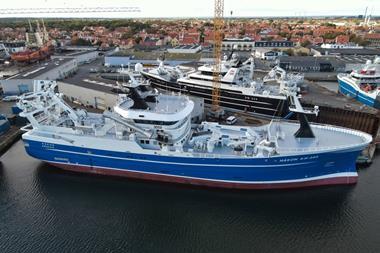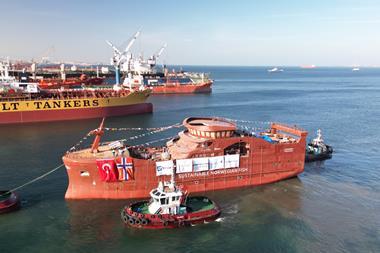The Allis Shad, Azorean Limpet, Sea Lamprey and Intertidal Mussel Beds all saw their protection extended. The meeting also agreed to adopt guidelines to reduce the impact of offshore installation lighting on birds in the OSPAR maritime area.
Mr Victor Escobar, Chairman of the OSPAR Commission, said delegates should: “Take time to celebrate the successes of the Commission” and should be “be proud of the solid foundation of intergovernmental trust and cooperation for which the OSPAR Commission is known.”
He also reminded delegates that continued cooperation and commitment was vital to the health, enjoyment and economic prosperity of the North-East Atlantic and welcomed a remit agreed to closer cooperation with the Arctic Council.
Also at the meeting, OSPAR reaffirmed its continued commitment with the North East Atlantic Fisheries Commission to ensure the conservation of particular areas in the high seas and reflected on its enhanced cooperation with the Abidjan Convention.
Lastly, the meeting saw the finalisation of plans for OSPAR's Intermediate Assessment 2017 which will evaluate the quality status of the North-East Atlantic and take forward OSPAR's vision of a clean, healthy and biologically diverse sea.
OSPAR's network of Marine Protected Areas (MPAs) now comprises 413. This amounts to the protection of nearly 6% of the OSPAR Maritime Area and puts the OSPAR area far ahead of the global average of 2.8%.








